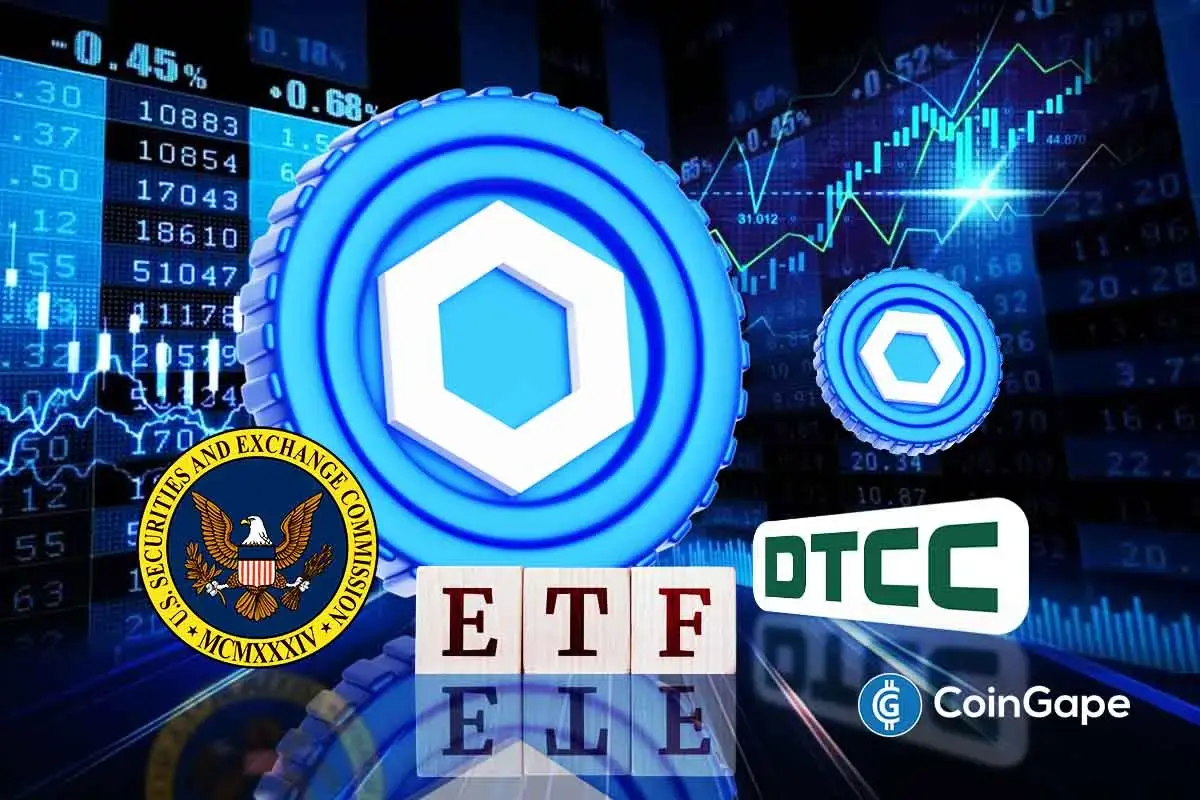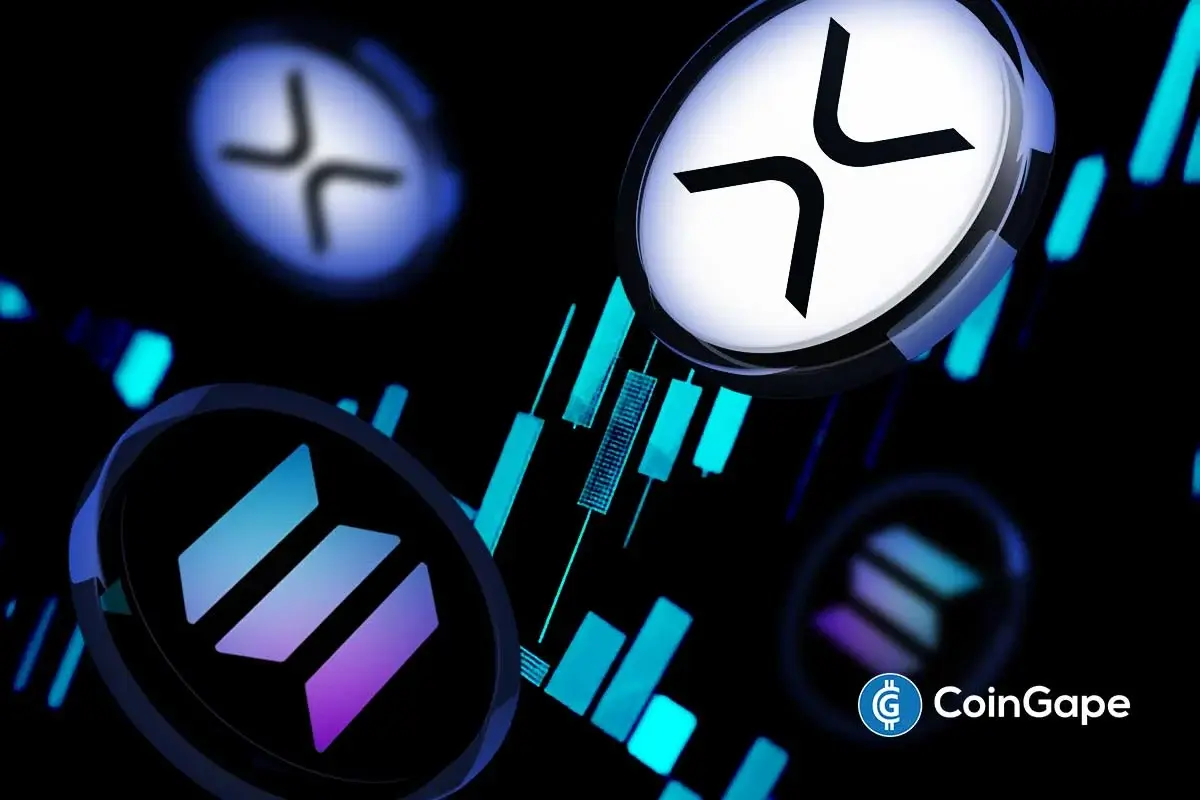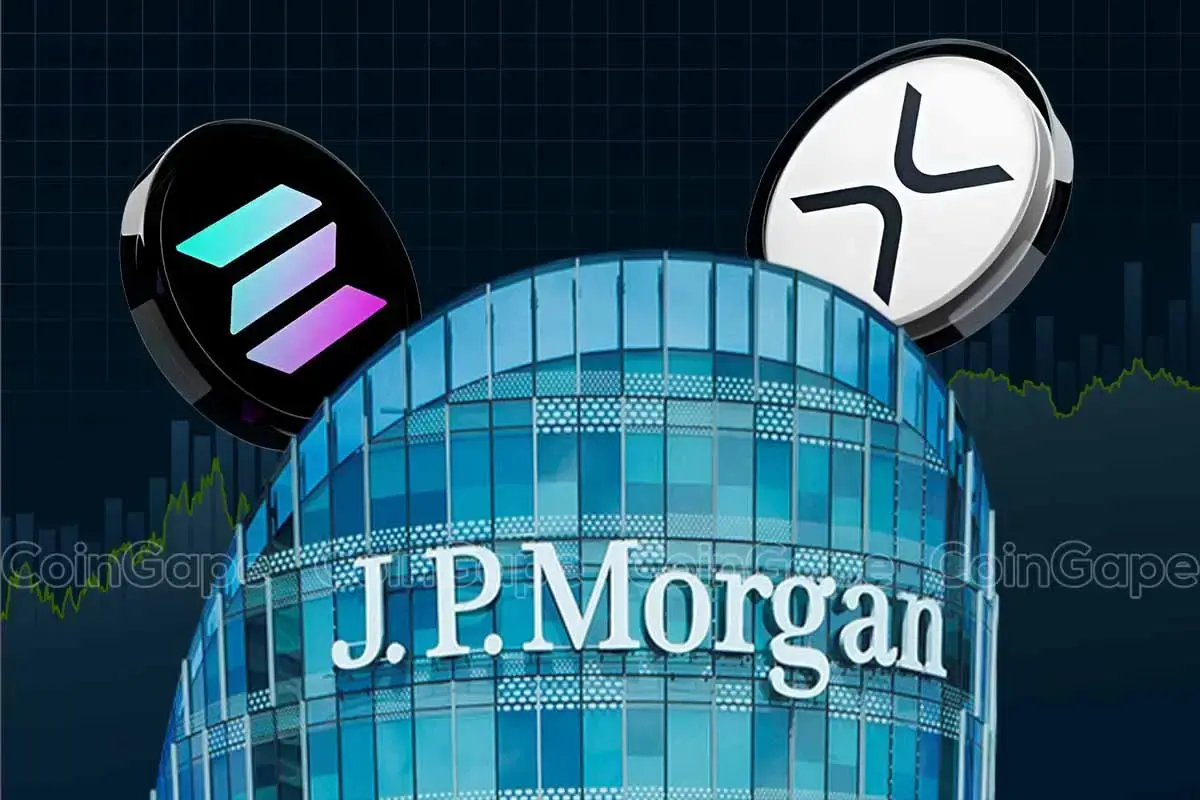Crypto Scam: $71M WBTC Thief Returns 51 ETH, Seeks Victim’s Telegram

Highlights
- Scammer returned 51 ETH (~$151.6K) after stealing $71M in WBTC, signaling negotiation potential.
- IDM on Ethereum enabled direct victim-scammer messaging for 4.2% partial refund.
- Poisoning attack victim warned scammer about fund traceability, demanding 90% return.
The crypto scammer behind the poisoning attack, responsible for stealing wrapped bitcoin (WBTC) worth $71 million, contacted the victim and asked for their Telegram details before sending over 51 ETH, equivalent to approximately $151,600.
The interaction, made known by the crypto investigator ZachXBT, was carried out on the Ethereum blockchain via an input data message (IDM), a type of peer-to-peer messaging.
Crypto Scammer Contacts Victim and Sends 51 ETH
Based on on-chain data provided by Etherscan, the scammer wrote to the victim twice, communicating the latter to offer their Telegram contact. “Leave your telegram, and I’ll call you tomorrow,” read the message from the scammer.
This outreach results from the victim’s demand of May 5 to return 90% of the stolen funds. The 51 ETH returned by the scammer represents about 4.2% of the requested amount.
#PeckShieldAlert The scammer took ~$71 million worth of WBTC through a poisoning scam and has now sent 51 ETH to the victim, along with a message pic.twitter.com/GL1I6eubWf
— PeckShieldAlert (@PeckShieldAlert) May 9, 2024
The victim responded through an IDM, warning the scammer about the traceability of the stolen funds and demanding a return of 90%.
“There’s no turning back after this,” the victim wrote, adding, “We both know there’s no way to clean these funds. You will be traced.”
The victim gave the scammer a day to deliver, with the deadline set at 10:00 am UTC on May 6, 2024.
Details of the Poisoning Attack
The theft occurred on May 3rd when the scammer moved 1,155 WBTC, worth $71 million, to his address. This manner of scam, called a poisoning attack, occurs when the attacker bombards the victim with a significant number of blockchain transactions.
The aim is to deceive the victim into repeating the fraudster’s address rather than their own. Attackers usually exploit vanity services or open numerous digital wallets with addresses resembling the victim’s to achieve a mistaken act.
Wrapped Bitcoin (WBTC) is an ERC-20 token tied to Bitcoin’s price. However, despite issues surrounding it, as of press time, WBTC was valued at $62,410, having increased by 0.26% in the past 24 hours.
The victim demanded the return of most of the stolen funds after realizing that tracking and laundering such a large sum would be difficult. The 51 ETH returned by the scammer may indicate a willingness to negotiate or a recognition of the difficulty in using the stolen funds without detection. However, the motives behind the scammer’s partial repayment and request for direct communication remain unclear.
Concurrently, blockchain sleuth ZachXBT noted that this form of communication and partial return of funds is unusual in such high-profile scams.
Also Read :
- Veteran Trader Finds Ethereum Price Chart “Intriguing,” Rally Ahead?
- Bitcoin (BTC) Mining Difficulty Resets, Can This Trigger Price Rebound?
- Experts Tip Rallying Dollar to Cap Crypto Prices
- Ripple Transfers Over $152 Million in XRP to Binance After 600M Coins Shuffle
- Chainlink Gets Major Boost Amid DTCC’s SEC Approval for Tokenized ETFs
- XRP News: Hex Trust and LayerZero Launch Wrapped XRP (wXRP) on Solana
- Breaking: Coinbase to Introduce Prediction Markets and Tokenized Stocks on Dec 17
- U.S. CFTC Scraps Outdated Crypto Market Rules, Clearing Path for Modern Oversight
- XRP Price Target $3 as Spot ETFs Continue to See Inflows
- Ethereum price prediction following $57.6M ETF Inflows – What’s Coming?
- Here’s Why Solana Price Could Explode to $150 Soon
- XRP Price Hits Crucial Support as ETF Inflows and Top RLUSD Metrics Soar
- Dogecoin Price Set to Rebound to $0.20 After Symmetrical Triangle Breakout
- Cardano Price Dips 10% as Midnight Token Launch Turns Sour
















